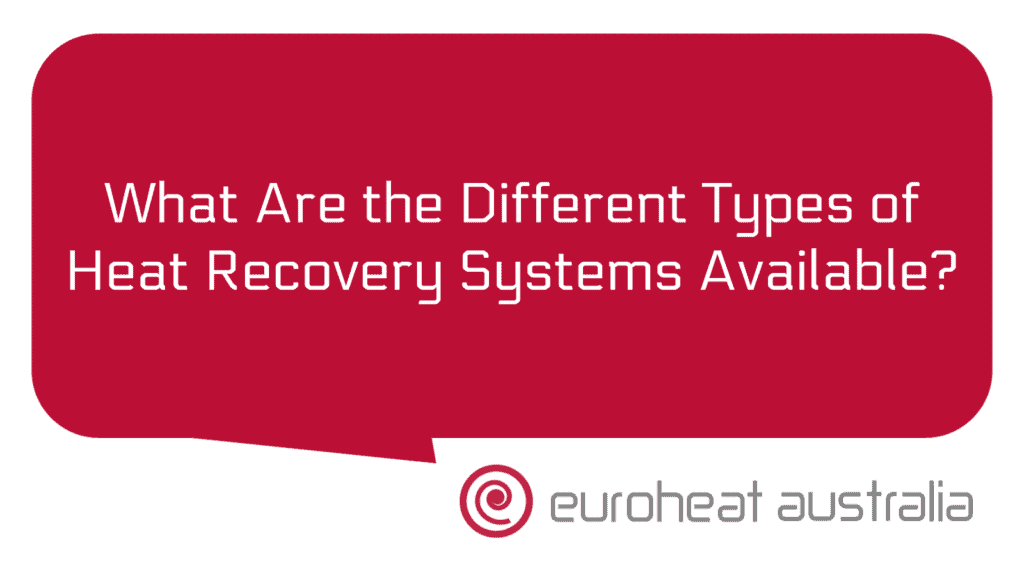If you’re looking for ways to save energy in your home, a heat recovery system might be the answer. Heat recovery systems are a great way to reduce your energy consumption and costs, while keeping your home comfortable and warm.
Heat recovery systems work by capturing the heat generated from everyday activities such as cooking, showering, washing clothes and even drying your hair. The heat is then recycled back into your home or used to preheat water for hot water systems.
There are many different types of heat recovery systems available, each with their own benefits. Some of the most popular types include:
Heat pumps: A heat pump works by capturing the warm air created by appliances and other sources of heat within the home and using it to preheat water for hot water systems or to reheat air in other rooms. This helps to reduce energy use and can save up to 30% on energy bills. Heat pumps are also known for being quiet and efficient, making them an ideal choice for those looking for a more environmentally friendly option.
Solar collectors: Solar collectors capture energy from the sun. This energy is then converted into usable electricity or hot water that can be used throughout the home. Solar collectors are a great way to reduce your energy consumption as they require no additional fuel or electricity to operate. They’re also an excellent way to reduce your carbon footprint as they don’t emit any CO2 emissions into the atmosphere. Depending on where you live and how much sunshine you get, solar collectors can save up to 60% on electricity bills!
Geothermal: Geothermal systems use naturally occurring underground temperatures to capture heat from the ground or even bodies of water nearby. This captured heat is then used throughout the home either directly (e.g heating air in another room) or indirectly (e.g preheating hot water). Geothermal systems are extremely efficient at transferring heat and can result in significant savings on your energy bills; some estimates suggest that Geothermal systems can save up to 70% on heating costs!
Heat exchangers: Heat exchangers work by transferring heat between two sources; this could either be between two different parts of a building (i.e basement and upper floor) or between two different sources such as indoor air and outdoor air (or vice versa). By doing this, it allows you to transfer excess heat from one space into another which can result in considerable savings on both energy bills and carbon emissions!
When it comes to installing a new system in your home, it’s always best practice to use experienced engineers & installers like Euroheat Australia who have been designing & constructing hydronic heating & cooling systems with over 30 years experience across Perth & WA – this will ensure that any system installed is done so correctly & efficiently so that you get all of its full potential benefits!
At Euroheat Australia we understand that every household has its own individual needs when it comes to heating & cooling solutions – whether you need a full hydronic system designed & constructed from scratch or simply need help installing an existing system – we have experienced engineers who will work closely with you every step of the way ensuring optimal performance & maximum efficiency!
To calculate how much money you could save with one of these systems installed, why not take advantage of our free quote service today? We’ll provide you with all the information needed so that you can make an informed decision about which system would best suit your needs – allowing you start saving money right away!





